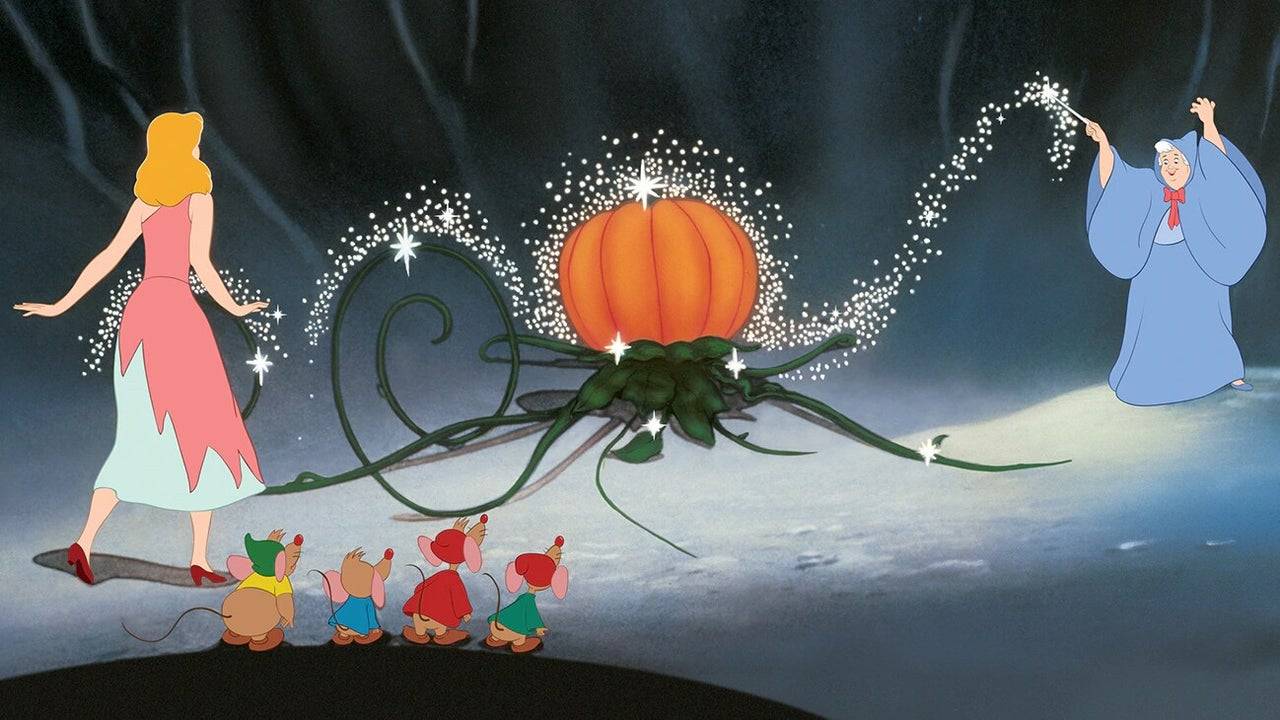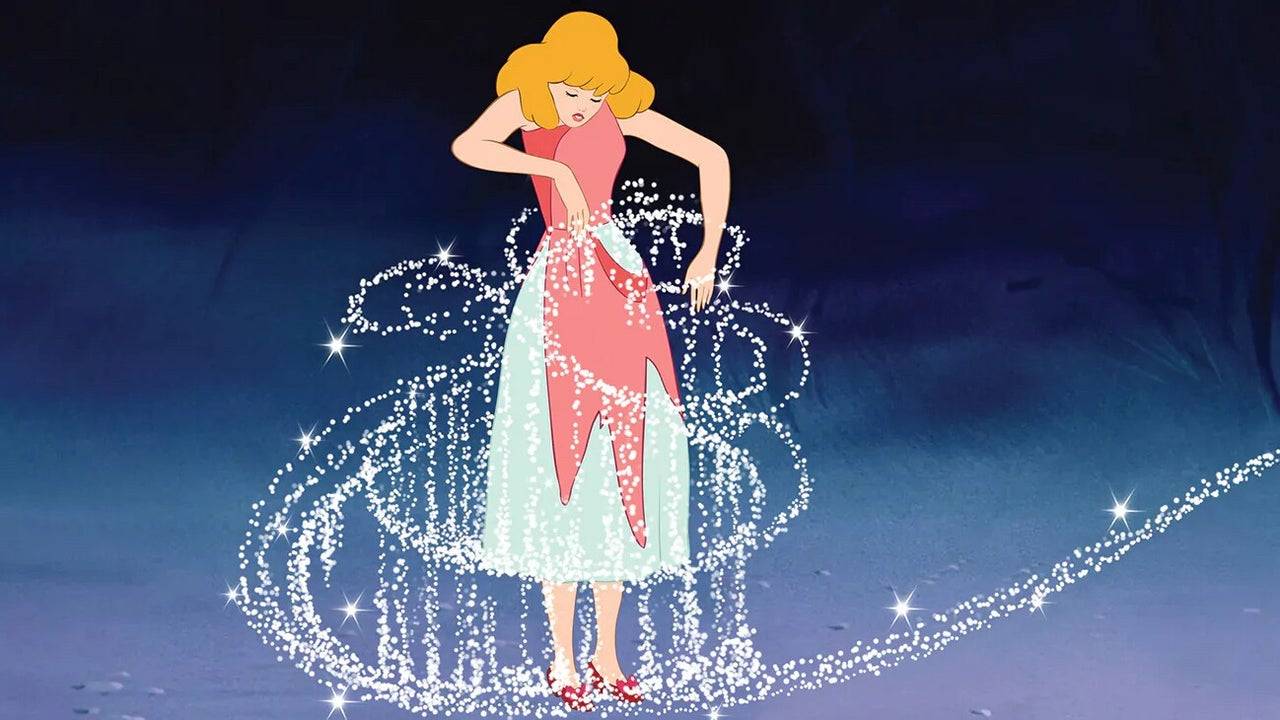Just as Cinderella's dream was set to vanish at midnight, The Walt Disney Company faced its own financial midnight in 1947, grappling with a debt of roughly $4 million due to the underperformance of films like Pinocchio, Fantasia, and Bambi, exacerbated by World War II and other challenges. Yet, it was Cinderella, with her iconic glass slippers, who saved Disney from an untimely end to its animation legacy.
As we celebrate the 75th anniversary of Cinderella's wide release on March 4, conversations with Disney insiders reveal the enduring inspiration drawn from this timeless rags-to-riches tale. This story not only revived the company but also resonated with a world seeking hope and renewal post-war, mirroring the personal journey of Walt Disney himself.
The Right Film at the Right Time --------------------------------To understand Disney's Cinderella moment, we must revisit 1937, when Snow White and the Seven Dwarfs became a blockbuster hit, allowing Disney to establish its Burbank studio and pave the way for future animated features. However, the subsequent films, starting with Pinocchio in 1940, faced financial setbacks. Despite its critical acclaim and two Academy Awards, Pinocchio lost about $1 million due to the war's impact on European markets. Fantasia and Bambi followed suit, deepening Disney's financial woes.
"Disney's European markets dried up during the war, and films like Pinocchio and Bambi couldn't be shown there," explained Eric Goldberg, co-director of Pocahontas and lead animator on Aladdin's Genie. "The studio shifted to producing training and propaganda films for the U.S. government, and later, Package Films like Make Mine Music and Fun and Fancy Free. These were well-made but lacked a cohesive narrative."

Package Films were compilations of short cartoons aimed at creating a feature-length experience. Disney produced six of these between Bambi in 1942 and Cinderella in 1950, including Saludos Amigos and The Three Caballeros, which were part of the U.S. Good Neighbor Policy to counter Nazism in South America. While these films helped manage Disney's debt, they delayed the return to feature-length storytelling.
Walt Disney expressed his desire to return to feature films in 1956, as noted in The Animated Man: A Life of Walt Disney by Michael Barrier. Facing potential liquidation or sale, Walt and his brother Roy chose to bet everything on a new animated feature since Bambi. This decision was pivotal; failure could have ended Disney's animation studio permanently.
"At this time, Alice in Wonderland, Peter Pan, and Cinderella were all in development, but Cinderella was chosen first due to its similarities to Snow White," said Tori Cranner, Art Collections Manager at Walt Disney Animation Research Library. "Walt recognized that post-war America needed hope and joy, which Cinderella provided in a way that Pinocchio did not. Cinderella symbolized emerging from adversity with something beautiful."
Cinderella and Disney’s Rags to Riches Tale
Walt's connection to Cinderella dates back to 1922 when he created a short at Laugh-O-Gram Studios, inspired by Charles Perrault's 1697 version of the tale. This early project, though not financially successful, highlighted the story's significance to Walt—a narrative of triumph over adversity that mirrored his own journey from humble beginnings to building a global entertainment empire.

"Snow White was a kind and simple girl who believed in wishing and waiting for her Prince Charming," Walt Disney remarked in a special feature on Disney's Cinderella: The Making of a Masterpiece. "Cinderella, however, was more practical. She believed in dreams but also in taking action to achieve them."
Cinderella's resilience and proactive spirit, despite her hardships, resonated with audiences. Walt's personal story, marked by perseverance and an unwavering dream, paralleled Cinderella's journey. His attempt to revive the story in 1933 as a Silly Symphony short evolved into a feature film project by 1938, delayed by the war but ultimately becoming a beloved classic.
Disney's ability to modernize and universalize fairy tales was key to Cinderella's success. "Disney transformed these tales into universally appealing stories," Goldberg noted. "He infused them with his unique touch, making them more enjoyable and relatable for all audiences."
Cinderella's animal friends, including Jaq, Gus, and the birds, added comic relief and depth to her character, while the Fairy Godmother, reimagined as a more relatable figure, became iconic. The transformation scene, with its meticulously hand-drawn and painted sparkles, remains one of the most celebrated moments in animation history.
"Every sparkle was hand-drawn and painted, which is mind-blowing," Cranner remarked. "The magic of the transformation scene lies in that brief moment of holding your breath before the magic unfolds."
The addition of the breaking glass slipper added depth to Cinderella's character, showcasing her strength and agency. "Cinderella isn't a bland protagonist; she's strong and clever," Goldberg emphasized. "When the slipper breaks, she has another one ready, showing her control over her destiny."
Cinderella premiered in Boston on February 15, 1950, and its wide release on March 4 of that year was a resounding success, earning $7 million on a $2.2 million budget. It became the sixth-highest-grossing film of 1950 and received three Academy Award nominations.
"Cinderella's release was met with critical acclaim, signaling Disney's return to narrative features," Goldberg said. "It revitalized the studio, leading to films like Peter Pan, Lady and the Tramp, and many more."
75 Years Later, Cinderella’s Magic Lives On
Today, Cinderella's influence remains strong, evident in Disney's theme parks and modern films. Her castle inspires the iconic Disney castle logo, and her legacy is honored in scenes like Elsa's dress transformation in Frozen.

"Cinderella's legacy is seen in the sparkles and effects of Elsa's transformation," said Becky Bresee, lead animator on Frozen 2 and Wish. "We honor the impact of Cinderella and other classic films in our work."
Cinderella's enduring message of hope and perseverance continues to inspire, a testament to its timeless appeal and the pivotal role it played in Disney's history. "Cinderella's biggest message is hope," Goldberg concluded. "It shows that with perseverance, dreams can come true, no matter the era."








